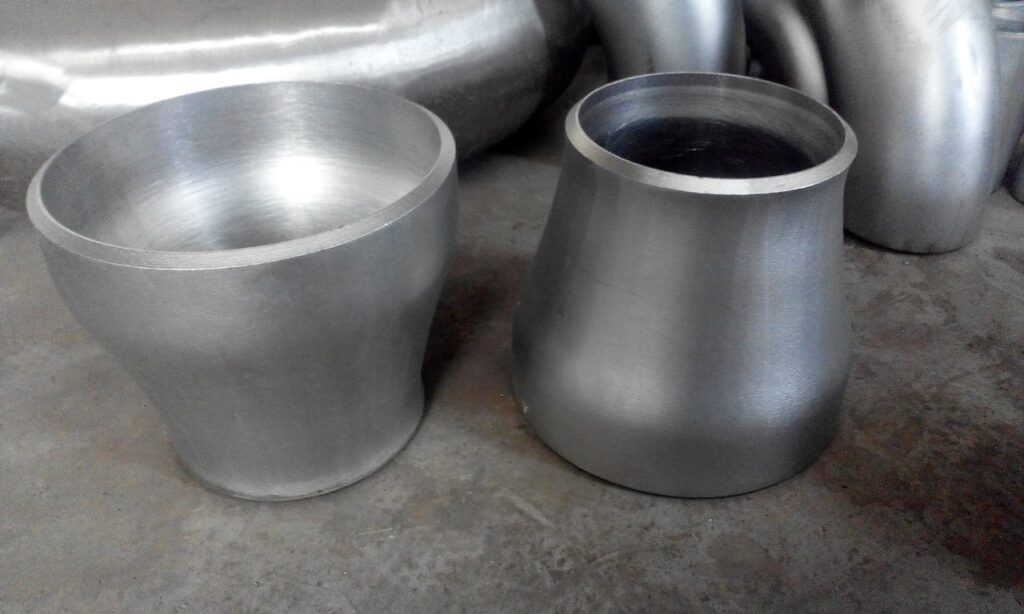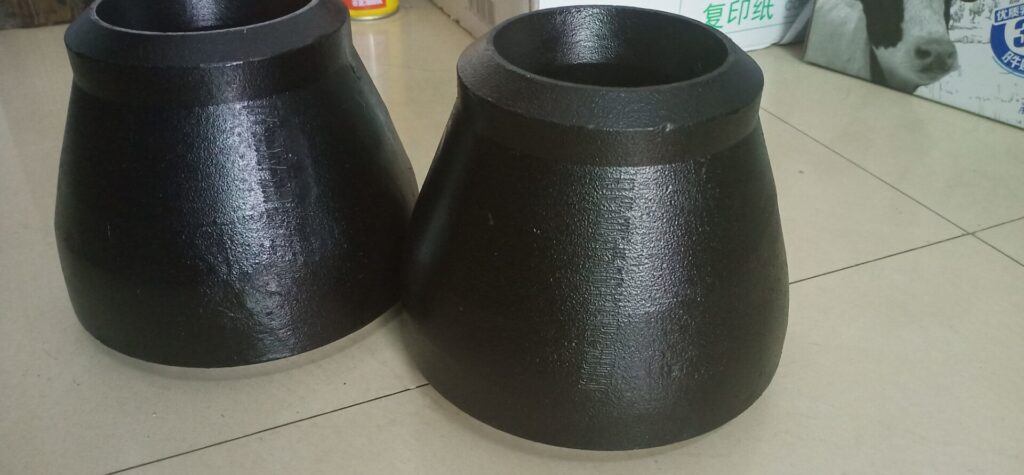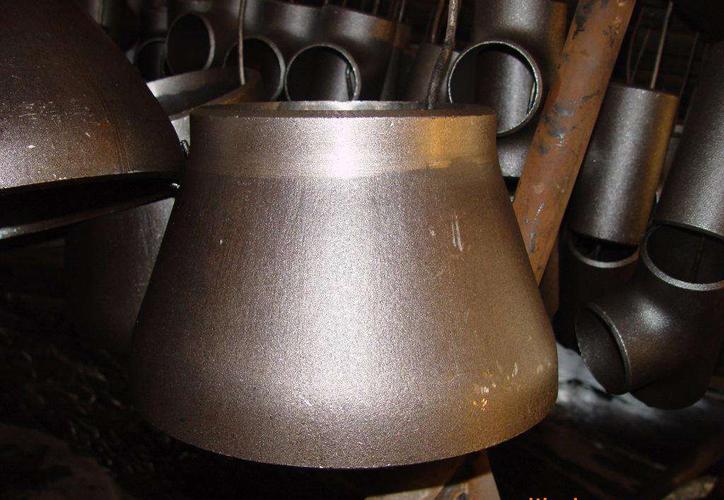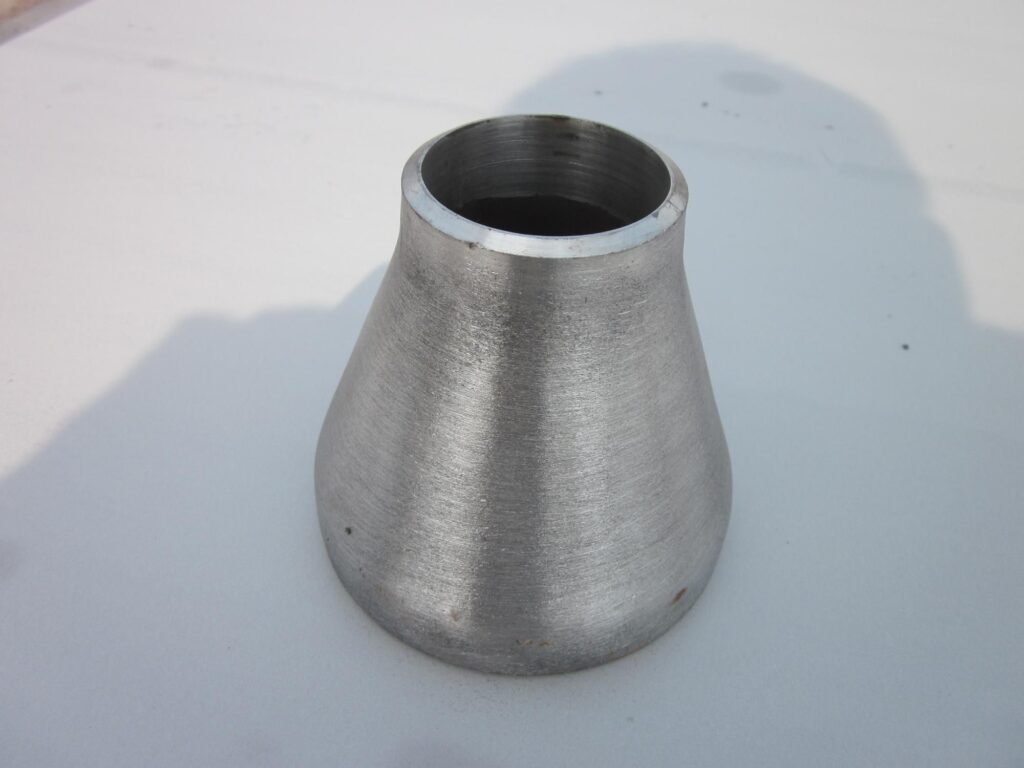What are the advantages and classifications of concentric reducers?
How to classify concentric reducers
What are the advantages of concentric reducers?
The difference between concentric reducers and eccentric reducers
Where are concentric reducers used?
Concentric reducers are connected by directly butt welding the reducer to the steel pipe.
The main manufacturing standards for concentric reducers are generally GB/T12459, GB/T13401, ASME B16.9, SH3408, SH3409, HG/ T21635, HG/T21631, SY/T0510.
Corresponding to the concentric reducer is the eccentric reducer, which is made of carbon steel, alloy steel and stainless steel.

How to classify concentric reducers
Classified by material
Carbon Steel: ASTM/ASME A234 WPB, WPC
Alloy: ASTM/ASME A234 WP 1-WP 12-WP 11-WP 22-WP 5-WP 91-WP911, 15Mo3 15CrMoV, 35CrMoV
Stainless steel: ASTM/ASME A403 WP 304-304L-304H-304LN-304N
ASTM/ASME A403 WP 316-316L-316H-316LN-316N-316Ti
ASTM/ASME A403 WP 321-321H ASTM/ASME A403 WP 347-347H
Low temperature steel: ASTM/ASME A402 WPL3-WPL 6
High Performance Steel: ASTM/ASME A860 WPHY 42-46-52-60-65-70
Cast steel, alloy steel, stainless steel, copper, aluminum alloy, plastic, argon phosphate, PVC, PPR, RFPP (reinforced polypropylene), etc.
Classified by manufacturing standards
Divided into national standards, electric standards, ship standards, chemical standards, water standards, American standards, German standards, Japanese standards, Russian standards, etc.

What are the advantages of concentric reducers?
Concentric reducers are pipe connecting devices formed by connecting two pipes with different diameters, and have the advantage of reliable connection.
Long service life reduces maintenance and replacement costs.
Concentric reducers are designed to be compact and significantly save space compared to other pipe connection methods.
The central reducer is made of corrosion-resistant materials and has good anti-corrosion properties.

The difference between concentric reducers and eccentric reducers
| Characteristic | Concentric Reducer | Eccentric Reducer |
|---|---|---|
| Shape | Conical shape with a central axis | Conical shape with an offset or eccentric axis |
| Symmetry | Symmetrical design | Asymmetrical design |
| Usage | Used when maintaining a uniform flow rate is critical | Used when offsetting the centerline is required for drain or vent applications |
| Flow Pattern | Provides a smooth and even transition between pipes | Causes a step change in flow direction, potentially leading to more turbulence |
| Pressure Considerations | Distributes pressure and stress evenly across the entire surface | Can create additional stress on one side, depending on the offset |
| Applications | Commonly used in general piping systems | Commonly used in drainage and venting applications, especially in vertical piping |
| Installation | Generally easier to install due to its symmetrical design | Requires careful alignment to ensure proper drainage or venting functionality |
| Cost | Typically more economical | May be slightly more expensive due to the need for careful fabrication and alignment |
| Common Uses | Connecting pipes of different sizes in a straight line | Connecting pipes in a way that allows for a change in elevation or direction |

Where are concentric reducers used?
Concentric reducers are widely used in equipment such as chemical reactors, steam pipes, heaters and condensers.
In the petroleum processing and production process, concentric reducers can be used to connect petroleum pipelines, heat exchangers, regenerators and other equipment.
It is also widely used in the food processing industry under strict hygienic standards, such as liquid mixing, transportation and cooling.
Concentric reducers can be used for water supply, production process emissions and environmental protection, and play an important role in large buildings.
